For your best choice, I invite you to keep on reading the article which is about the veneer of stone vs the real one.
stone veneer siding
Think about the most recent stone structure you observed. Is that a stone veneer, or is it a genuine stone? How exactly do you differentiate between the two? It used to be possible to tell the difference between veneer stone and masonry with the naked eye, but in recent years, the two have grown increasingly difficult to tell apart. Because of this, competition between the two industries has become quite fierce. The use of manufactured stone veneer as an outside cladding material, fireplace facing, and in a variety of other interior applications is becoming increasingly popular. If you are considering decorating your home with stone, you should investigate the benefits and drawbacks of both natural stone and stone veneer before making a decision. How does one compare to the other in terms of the benefits it provides? Real stone Uncut and unearthed stone from a quarry is considered to be authentic stone. There has been no change to the content. The stone that has been quarried or fieldstone, which is the most common choice, can be sculpted into any thickness to meet the aesthetic needs of a homeowner. Whereas blocks are better suitable for the construction of a wall or fence, river stones are ideal for use in the construction of flower gardens or driveways. Any kind of stone can be procured in the form of a block to use in construction. Stone veneer Mixtures of Portland cement, iron oxides, and other aggregates are baked in molds to produce the look of stone while making veneer stone. This gives the veneer stone the appearance of real stone. Iron oxide provides the product with a hue that is similar to that of stone, and cement helps to keep it stable.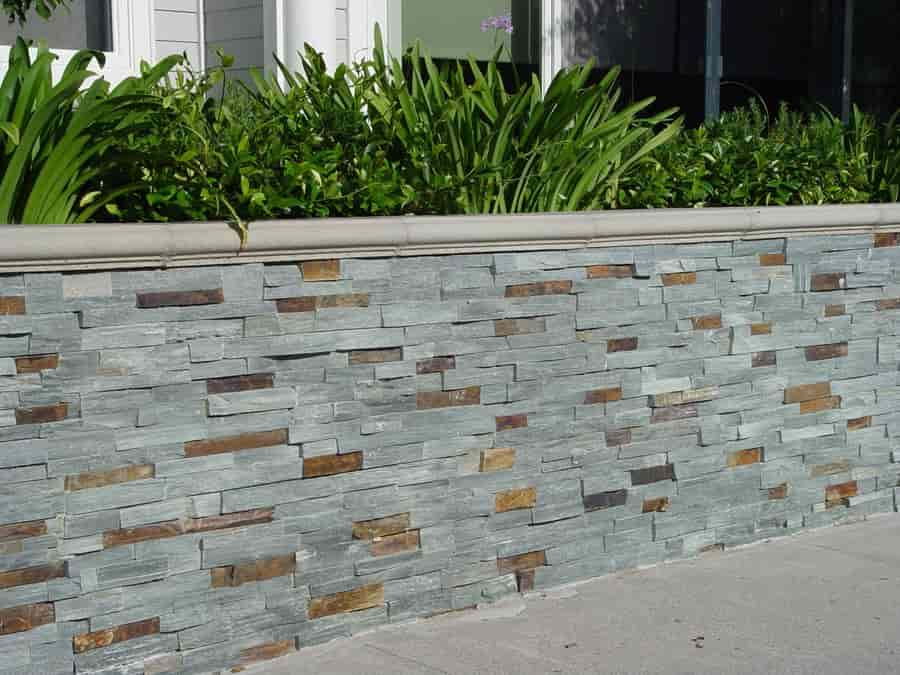
stone veneer sheets
Because of its porous nature, light-weight, and ease of cutting, manufactured veneer presents a far lower level of difficulty to work with throughout the installation process when compared to natural stone. Despite this, it can be installed in the same manner as a lath, scratch coat, grout, or mortar, according to your preference. Which one do you consider to be the most beneficial? Consider both the benefits and drawbacks of each option. Natural veneer stones and man-made veneer stones each have their own set of advantages and disadvantages to offer. Which would you rather have, a complicated set-up process or a lower price? Do you have both strength and longevity? Or maybe you’re looking for something that’s a little bit lighter but doesn’t skimp on elegance. If you’ve made it this far in the article, you should have a decent notion of whether veneer stone or natural stone is better for your home, based on the particular criteria that you have in mind. Are you going to settle on something right now? Why don’t you find out more about the differences between real stone and artificial veneer stone? To contact us, please use the following form. 

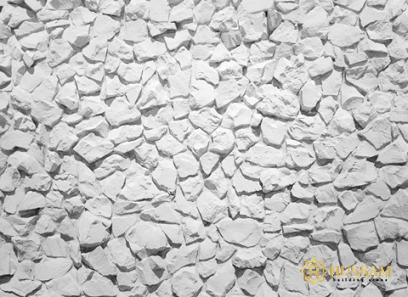

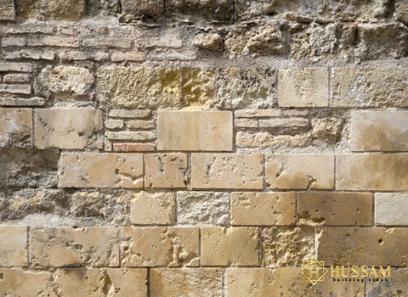



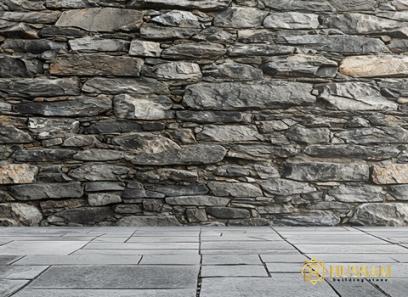
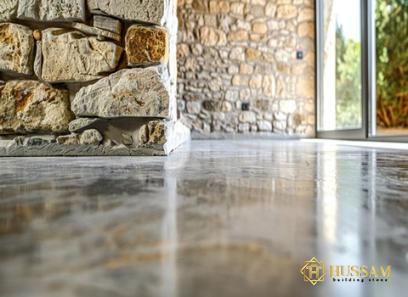
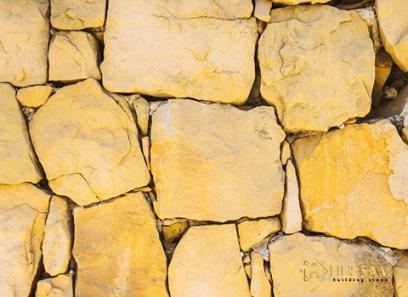
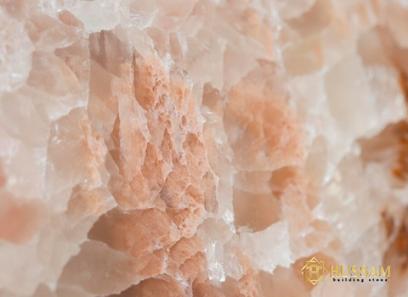
Your comment submitted.